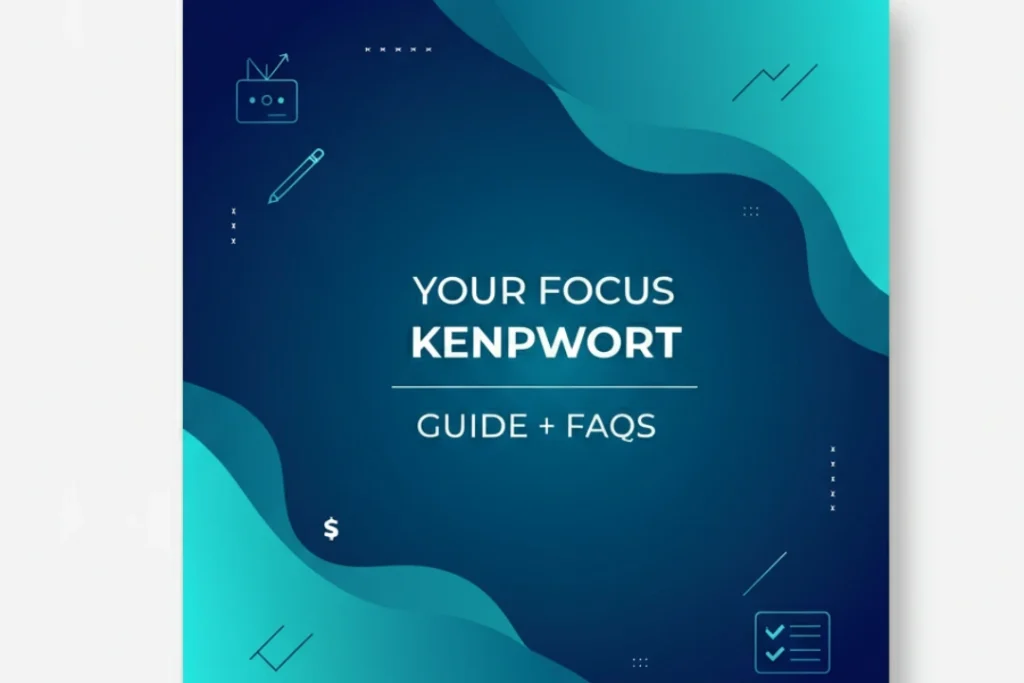Creating content today means meeting people where they are—on their favorite platforms, using language and stories that actually mean something to them. Great content creation isn’t just about filling space or checking a task off your list. It’s about sparking real connection, building trust, and showing your audience that you get their needs. In this article, you’ll learn how to make your digital content work harder for you—whether you’re growing a business or sharing your expertise.
Understanding What Your Audience Wants
Before you put fingers to keyboard, pause and think: who’s going to be reading this? The best content comes from truly understanding your audience—their questions, their frustrations, and what lights them up.
Finding What Matters Most
Start by listening. What are the top questions or challenges your audience faces? Pay attention to comments on social media, browse community forums, or run a quick poll in your newsletter to see which topics hit home.
Spotting Where People Are in Their Journey
Everyone is at a different stage when they come across your content. Some are just getting curious, while others are already comparing options or ready to take action. Delivering the right message at the right moment is key for engagement and conversions.
Building a Smart Content Strategy
Random content won’t get you very far. To see real results, you need a plan—a strategy that ties your content back to your main goals, whether that’s building your email list, growing traffic, or boosting sales.
Locking in Your Message
Think about the big idea you want people to remember after they visit your site or read your blog. Make it clear and stick to it, so your brand voice stays consistent across all channels.
Picking the Best Ways to Share
Your topics can take many forms. Short videos, helpful blog posts, colorful infographics, or even podcasts—choose the types that your audience already enjoys and engages with.
How to Write Content People Actually Read
If you really want to keep people reading, you need to be clear, friendly, and easy to understand. Break up long chunks of text and get right to the point. You don’t need fancy words or complex sentences. Focus on giving real value and make it enjoyable to read.
- Use Active Voice: Simple and straightforward sentences help your message land better. Try, “You can boost your engagement by…” instead of, “Engagement can be boosted by…”
- Tell Stories: People remember stories far better than stats alone. Share personal experiences or customer success stories to add warmth and credibility.
- Start Strong: A fun fact or a question can hook readers in from the start and get them excited to keep reading.
Practical SEO Tips for Content Creators
Getting your content found is as important as creating it. Search engine optimization (SEO) is more than just using keywords. It’s about helping both people and search engines understand what your page is about.
Seamlessly Including Keywords
Use related keywords naturally, so your writing still feels genuine. Sprinkle them into your titles, headings, and throughout your content while avoiding overuse—search engines and readers will thank you for it.
How to Measure Success and Keep Improving
Content isn’t finished once you hit “publish.” Keep an eye on how it’s performing so you know what your audience loves most—and where you might need to tweak your approach.
- Track Engagement: Metrics like average time on page, scroll depth, and social shares tell you which pieces truly resonate.
- Check Conversions: How many visitors sign up, click through, or buy your product? Conversion data helps you tie your content efforts to real results.
Conclusion
At the core, content creation is about building relationships. By getting clear on your goals, tuning into your audience, and measuring what matters, you’ll see bigger results over time. Show up with creativity and a genuine desire to help, and your content will shine.
For more detailed strategies on improving your content marketing, check out the Content Marketing Institute.
Frequently Asked Questions
1. How often should I publish new content?
It’s better to commit to a realistic schedule you can keep up with long term. Focus on quality and consistency—weekly or bi-weekly is a great place to start.
2. What makes a blog post title catch attention?
Great titles are specific, honest, and spark a bit of curiosity. They should promise a clear benefit or answer a question your readers actually have.
3. What’s the ideal length for a blog post?
There’s no magic number, but aim for thorough answers and practical value. Posts between 700 and 1,500 words usually perform well for most topics.
4. Why should every article have a call to action?
A call to action guides your reader on what to do next, from sharing a post to signing up for emails. Without it, you miss a key moment to connect with your audience.
5. How do I come up with new content ideas?
Pay attention to feedback, look at trending topics in your field, and listen to what your audience asks. Even a quick survey can spark tons of new ideas.
You may also read: Affordable Digital Marketing for Startups



